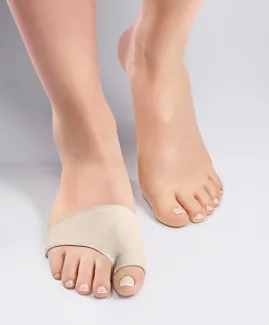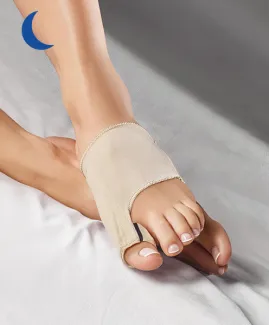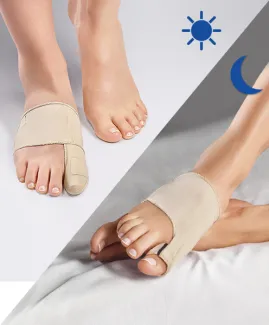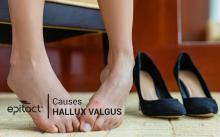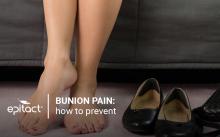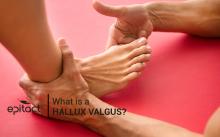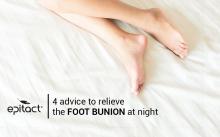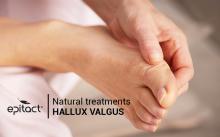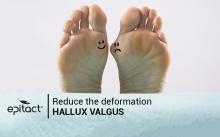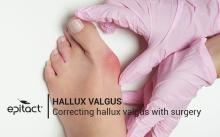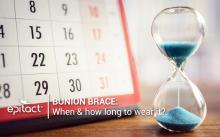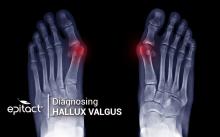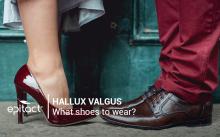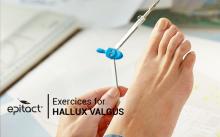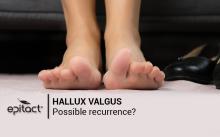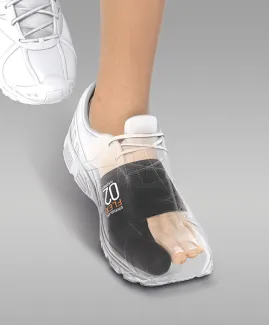
Bunions
A range of bunion protectors and correctors for hallux valgus relief.

Free Shipping 
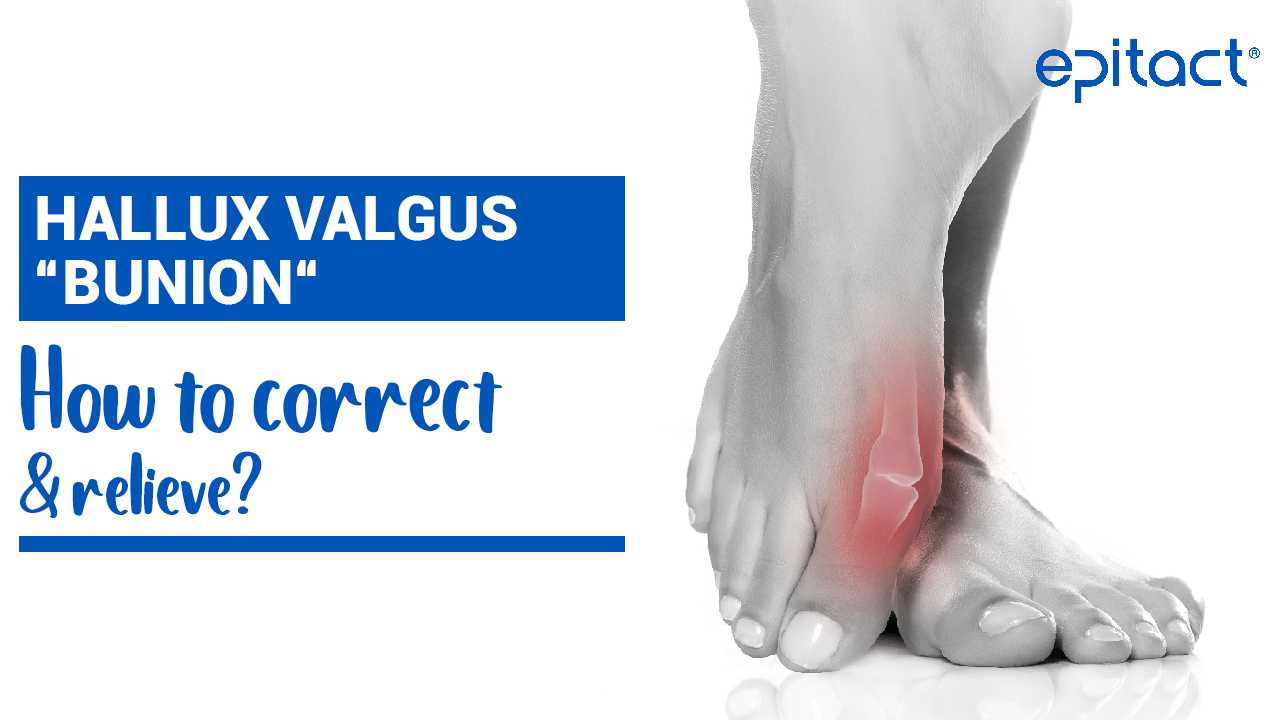
What is a bunion?
A bunion is a deformity of the big toe, also known as 'hallux valgus'. The big toe is pointing towards the other toes while the long bone with which it articulates is drifting towards the inside of the foot. Consequently, this double deviation causes excessive angulation at the big toe basal joint characterised by a bump on the inside of the foot. Bunions often cause no more than an unsightly foot shape but they can also trigger unbearable and debilitating pain.
What are the symptoms of hallux valgus?
Bunions often cause pain and rash on the bump at the base of the big toe. Indeed, inappropriate shoes can cause excessive pressure and rubbing against the bunion. If left untreated, bunions can also lead to the formation of calluses on this bump. In more severe cases, the big toe bends so much that it overlaps its neighbour, causing postural imbalance and difficulties wearing shoes.
What causes foot bunions?
This deformity of the forefoot can have a variety of causes: family history, inflammatory condition or unsuitable footwear (pointy, narrow, high-heeled shoes) for example. This places the foot under a lot of stress, which may progressively lead to the development of a bunion. By the way, 90% of cases are women!
How to treat hallux valgus?
In mild cases, the first approach of treatment is to wear appropriate shoes. You can also do foot muscle strengthening exercises and wear a rigid or flexible bunion corrector to relieve your pain and realign your big toe. If the deformity is related to a particular foot shape (e.g.: flat or hollow feet), it is recommended to wear orthopaedic insoles.
In advanced cases, surgery is considered. As hallux valgus is a deformity than cannot disappear overtime, surgery is the only definitive treatment for foot bunions. In the meanwhile, you can manage your pain in your shoes thanks to a bunion protector.
The EPITACT®’s bunion protectors and correctors
You have hallux valgus and your big toe still moves laterally? EPITACT® has created comfortable and effective bunion correctors that straighten the big toe while relieving pain!
• Wear the flexible bunion corrector for day use* in your shoes to correct the deformity during your daily activities and to relieve pain.
• Use the rigid bunion corrector for night use* to straighten your big toe during resting periods and to relieve joint and contact pain.
• For continuous and complementary action day and night, enjoy our day & night offer* that includes both the rigid and flexible bunion correctors.
• Try the flexible bunion corrector for sport* to realign your big toe and optimise movements during sports and physical activity.
Your big toe doesn’t move laterally anymore and you wish to protect it from pain in your shoes? Discover the EPITACT®’s very thin yet effective bunion protector* that cushions friction and pressure between the shoe and the bunion.
*These solutions are class I medical devices that bear the CE marking under this regulation. Carefully read the instructions before use.
Manufacturer: Millet Innovation. 05/2023
Surgery is the only way to relieve a bunion.
FALSE! Hallux valgus surgery is frequent, but it is usually not the first option for relieving bunion pain. Wearing shoes that fit your foot shape and bunion protectors or day/night bunion correctors should be the priority. Daily foot mobility exercises are also highly recommended to limit joint stiffness and the progression of the deformity.
Hallux valgus is a hereditary.
TRUE and FALSE! Bunions are often inherited from the parents, sometimes even from the grandparents. However, there are more important factors that cause its onset. For example, wearing high heels, pointy or narrow shoes contributes to the development of the deformity.
Recurrence of bunions is possible.
TRUE! Even after surgery, there is a risk of recurrence of bunions if no changes are made. Indeed, changing footwear habits is crucial to limit those risks; wearing narrow shoes or high heels should be occasional. By limiting rubbing and pressure, the bunion protector* will help you avoid pain.
 Pharmacie
Pharmacie
